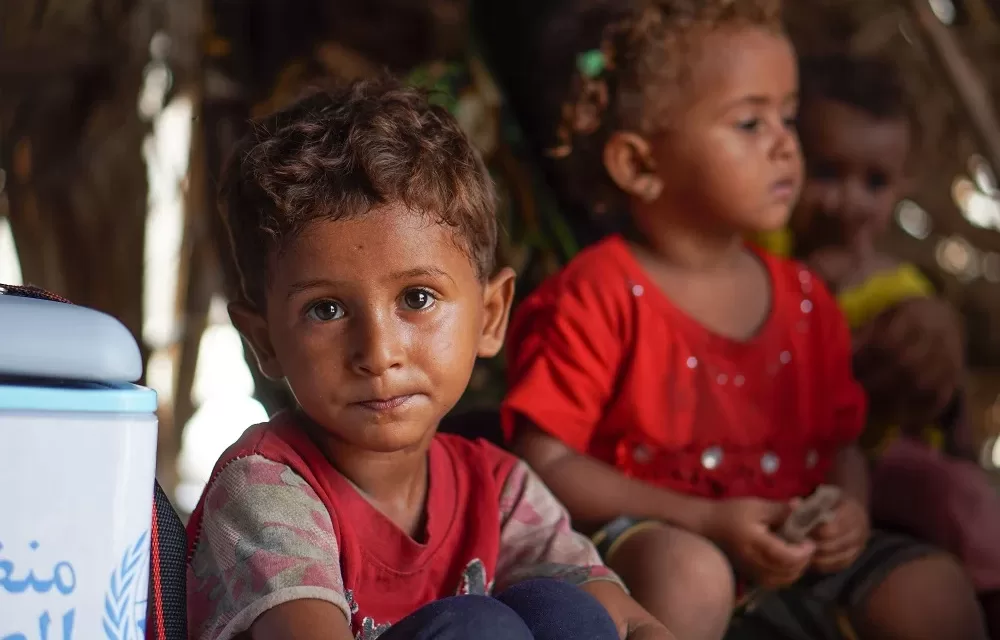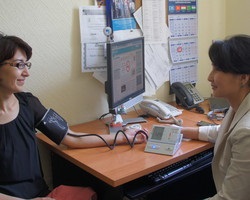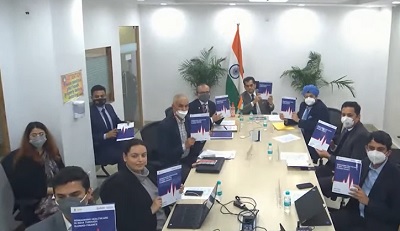Gaza, July 21, 2024 — The recent detection of the poliovirus in Gaza’s environmental samples has raised alarms among international humanitarian organizations. However, there is relief that no paralytic cases have been reported so far, according to the United Nations Office for the Coordination of Humanitarian Affairs (OCHA).
Poliovirus Findings
The World Health Organization (WHO) has reported that six environmental samples of variant poliovirus type 2 were identified in Khan Younis and Deir al Balah. Despite the concerning discovery, no paralytic cases have been detected among the population, OCHA announced on Friday. Poliovirus can cause paralysis and even death, particularly in unvaccinated children.
Humanitarian Concerns
The detection comes amid severe overcrowding in Gaza’s shelter spaces, coupled with dire shortages of clean water and inadequate sanitation and hygiene conditions. These factors significantly heighten the risk of infectious disease spread, OCHA stated, citing a report by Xinhua news agency.
Ongoing Efforts and Challenges
WHO Director-General Tedros Adhanom Ghebreyesus emphasized the collaborative efforts of WHO, UNICEF, the UN Relief and Works Agency for Palestine Refugees in the Near East (UNRWA), and the Gaza Health Ministry. These organizations are conducting risk assessments to gauge the poliovirus spread and plan the necessary response, including potential vaccination campaigns.
Dr. Tedros warned that Gaza’s decimated health system, compounded by shortages of medical supplies, constant population displacement, poor sanitation services, and ongoing access obstructions, significantly increase the risk of vaccine-preventable diseases like polio.
Rising Infectious Diseases
Besides polio, other infectious diseases are surging in Gaza. As of July 7, nearly 1 million cases of acute respiratory infections have been recorded since the conflict’s start on October 7. Additionally, there have been 575,000 cases of acute watery diarrhea and over 100,000 cases of jaundice. WHO believes the actual number of infections is likely much higher.
Displacement and Living Conditions
The conflict has caused widespread displacement, with about 90% of Gaza’s population being displaced at least once since October last year. Many displaced individuals live in appalling conditions, with recent assessments revealing non-functional toilets, sewage spillage into streets, and severe shortages of clean water. Most families are forced to drink highly saline water, leading to stomach pain and other health issues.
Humanitarian Response
OCHA reported a surge in displacement from northern to southern Gaza in the past week, with more than 2,500 people displaced to southern areas. Humanitarian partners are distributing food, drinking water, hygiene supplies, and some shelter materials to the displaced. Special efforts are made to assist vulnerable groups, including pregnant women, older people, and those with disabilities.
Ongoing Hostilities
Despite these efforts, continued hostilities pose significant risks to both displaced individuals and humanitarian workers. The situation remains precarious, with humanitarian organizations striving to provide essential services amid challenging conditions.
The international community continues to monitor the situation closely, hoping to prevent a potential health crisis while addressing the immediate humanitarian needs of Gaza’s population.











